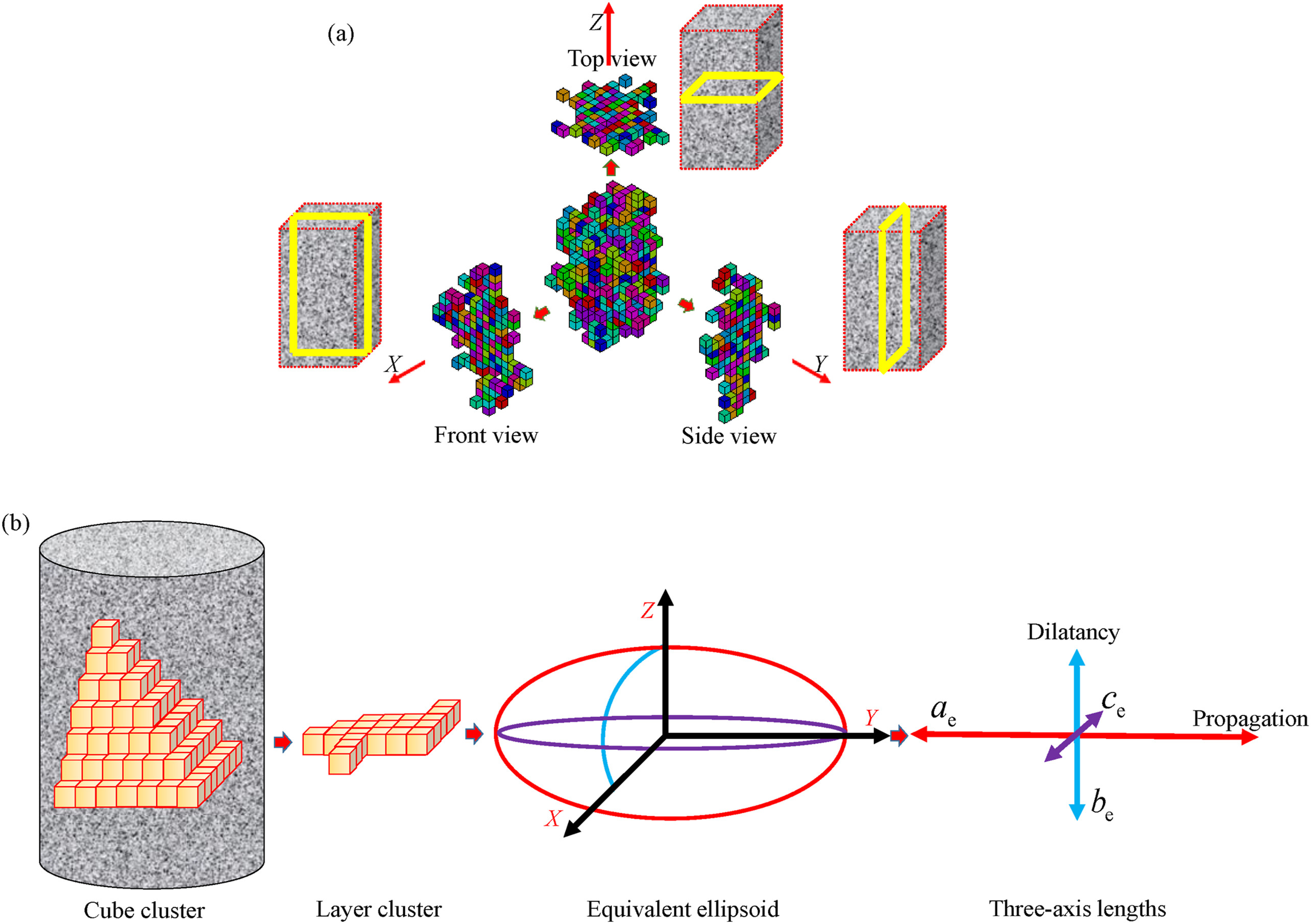JRMGE / Vol 13 / Issue 5
Prediction of fracture and dilatancy in granite using acoustic emission signal cloud
Dongjie Xue, Lan Lu, Lie Gao, Lele Lu, Cheng Chen
Show More
a School of Mechanics and Civil Engineering, China University of Mining and Technology, Beijing, 100083, China
b State Key Laboratory of Coal Mine Disaster Dynamics and Control, Chongqing University, Chongqing, 400030, China
c Key Laboratory of Safety and High-efficiency Coal Mining, Anhui University of Science and Technology, Huainan, 232001, China
2021, 13(5): 1059-1077. doi:10.1016/j.jrmge.2021.06.002
Received: 2020-09-26 / Revised: 2021-04-11 / Accepted: 2021-06-10 / Available online: 2021-07-06
2021, 13(5): 1059-1077.
doi:10.1016/j.jrmge.2021.06.002
Received: 2020-09-26
Revised: 2021-04-11
Accepted: 2021-06-10
Available online: 2021-07-06
Keywords: Fracture network, Acoustic emission (AE), Spatial correlation, Dilatancy, Damage, Fracture angle
Article Data
Author(s) Information
Prof. Dongjie Xue
xuedongjie@163.com

Dongjie Xue obtained his PhD in Engineering Mechanics from China University of Mining and Technology (Beijing) (CUMTB), China, in 2013. He is an associate professor at CUMTB and associate editor-in-chief of International Journal of Coal Science and Technology. He is also the young member of editorial board of International Journal of Mining Science and Technology, and Journal of China University of Mining and Technology. His research interests include (1) mining-induced mechanics, (2) critical mechanics, (3) cluster mechanics and (4) intelligent rock mechanics. He has been participated in a large number of Chinese national projects. He is also a regular reviewer of more than 30 SCI/EI journals. As a visiting scholar, he maintains a long-term cooperation with several key laboratories, such as State Key Laboratory of Coal Mine Disaster Dynamics and Control, and State Key Laboratory of Hydraulics and Mountain River Engineering. A very young research group of more than 30 members aiming at the original contribution of mechanic theory to solve the challenge of mining problems is organized by him. He proposes a new insight of critical phenomenon to re-evaluate the long-term challenge in rock mechanics and develops a series of algorithms to make a full generalization of core principle of critical and cluster mechanics.

